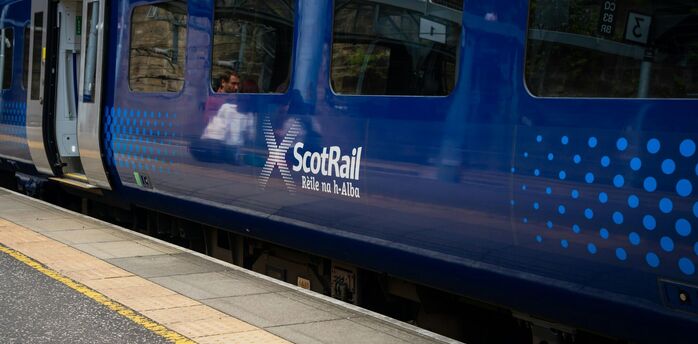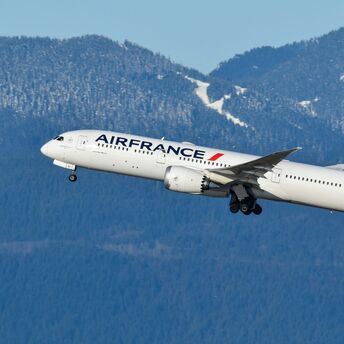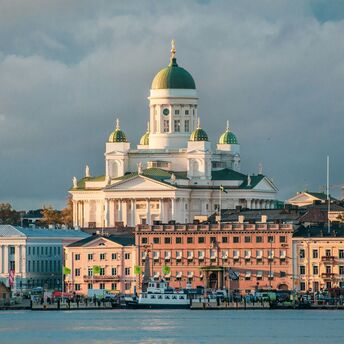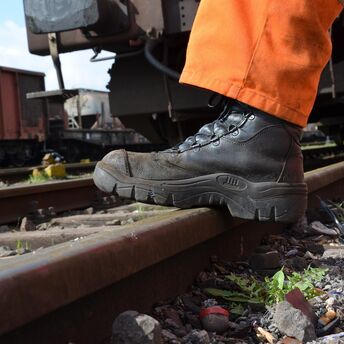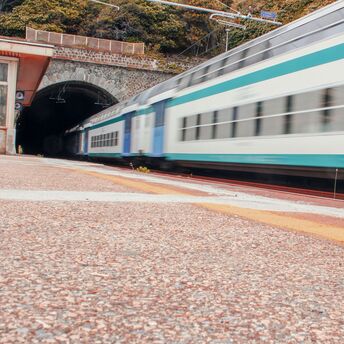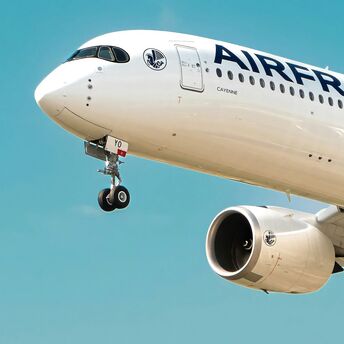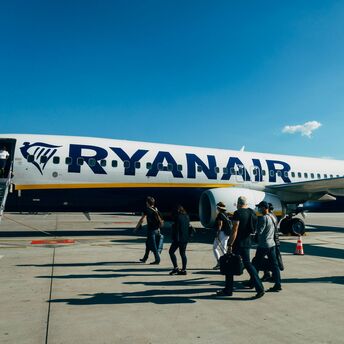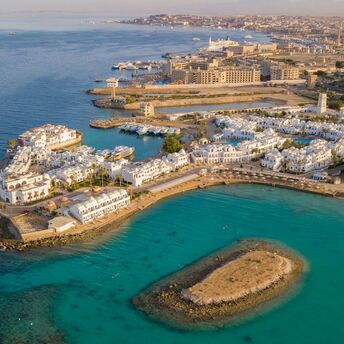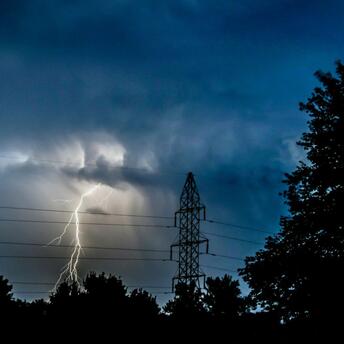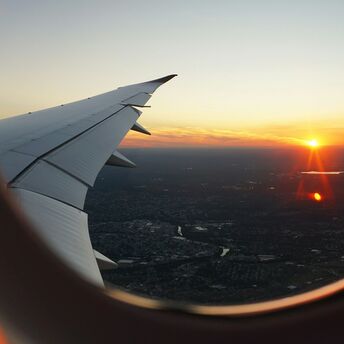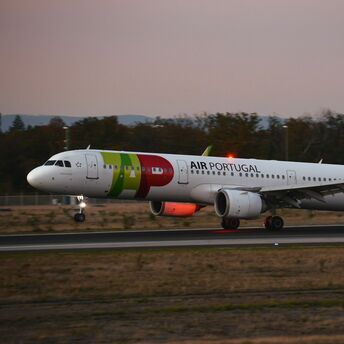Rising Costs in Hawaii: What Tourists Should Expect in 2026

Predictions for Hawaii's tourism suggest that costs will remain high throughout 2026, even though the total number of visitors is expected to decline. According to the University of Hawaii Economic Research Organization (UHERO), arrivals are projected to decline by about 5% by mid-2026; however, this drop in visitor numbers has not translated into more affordable vacations. Average hotel rates are already above $375 per night, and forecasts suggest no significant price relief for accommodations, transportation, or dining expenses.
The ongoing high price levels are primarily attributed to Hawaii's elevated cost of living. Rising costs for housing, food, and energy directly strain the operating budgets of hotels, airlines, and restaurants. When visitor demand declines, the industry typically responds by limiting capacity rather than lowering prices. Hotels may close floors, airlines reduce flight schedules, and restaurants cut staff or menus. These strategies preserve revenue but force travelers to face persistently high prices in nearly all sectors of tourism.
Visitors also feel the impact of additional fees that increase the overall cost of travel. The temporary residence tax in Hawaii is now approaching 19%, which significantly increases hotel bills. Resort fees, typically $40 to $75 per night, are added to the room rate, and daily parking charges remain common. Dining expenses continue to climb steadily. Even everyday meals are much more expensive than comparable options on the U.S. mainland, causing costs to often exceed travelers' expectations.
These conditions mean fewer opportunities to reduce travel costs. Seasonal discounts are increasingly uncommon, as tourism businesses prioritize safeguarding their profit margins over providing promotional offers. Travelers may adapt their plans by traveling in the off-season, picking different dining venues, or exploring various lodging options. However, such actions can only partially counter the overall upward trend in costs, which continues to be strongly influenced by Hawaii's structural economic factors and high operational expenses.
Hawaii is expected to continue ranking among the priciest tourist destinations in the United States. Even when demand drops, prices remain largely steady, highlighting major structural shifts within Hawaii's tourism industry. For visitors, this raises practical questions about accessibility and affordability. For policymakers and businesses, it highlights the challenges associated with the sustainability of Hawaii's tourism industry and its long-term accessibility to a wide range of travelers.


